February 21, 2017
Since our first Pressing News on pomegranates, PN# 182, December 2006, we have seen progress in extraction of pomegranate juice.
To begin with, pomegranate is a round fruit about the size of an orange, with a hard, red outside skin. Inside are arils that grow attached to either a thin membrane or a pulpy mass of yellowish-white material. The arils are a watery red color, about half the size of a pea, holding 90% by weight juice. Overall, two-thirds of the weight of a pomegranate is made up of arils. The juice from arils of mature fruit is sweet, up to 18o Brix, with a high acidity, somewhere between 2 and 4 pH.
The problem with pomegranate juice is separating the arils from the skin and white membrane. Bitter off-flavor is added to the juice by the membrane.
A most notable success has been with the Vincent Fiber Filter. This machine has been found to work better than traditional juice finishers. Most juice finishers used perforated stainless screens, while the Fiber Filter uses woven fabric sleeves. The combination of a greater separation between the paddles and filter media, and the use of fabric, has proven very effective. Sleeves with ratings of 155 microns are the most popular.
We use monofilament twill-woven PEEK, a polymer best known for chemical and heat resistance. But in our case, PEEK’S greater strength is important.
Our biggest market success has been with a California firm which has pioneered HPP — High Pressure Processing. This alternate to traditional heat pasteurization has been, not without controversy, making major inroads in the way juices are processed. That firm’s focus on improving juice flavor led to the use Vincent screw presses and Fiber Filters in their facilities.
All our customers processing pomegranate juice started with machines from the Vincent rental fleet. With over two hundred rental machines available, we can offer the right equipment to do the job.
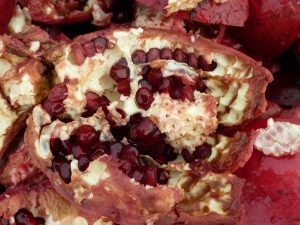

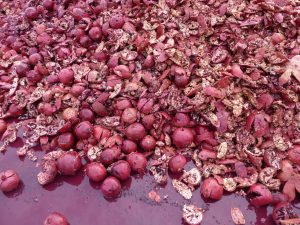
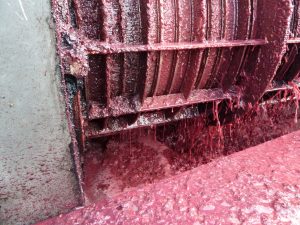
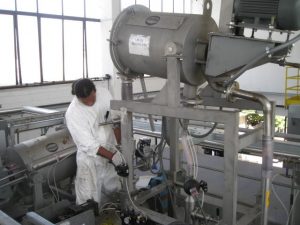
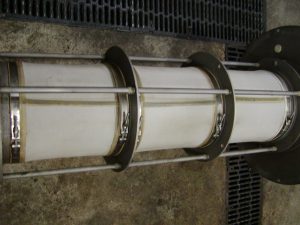
Issue 292
